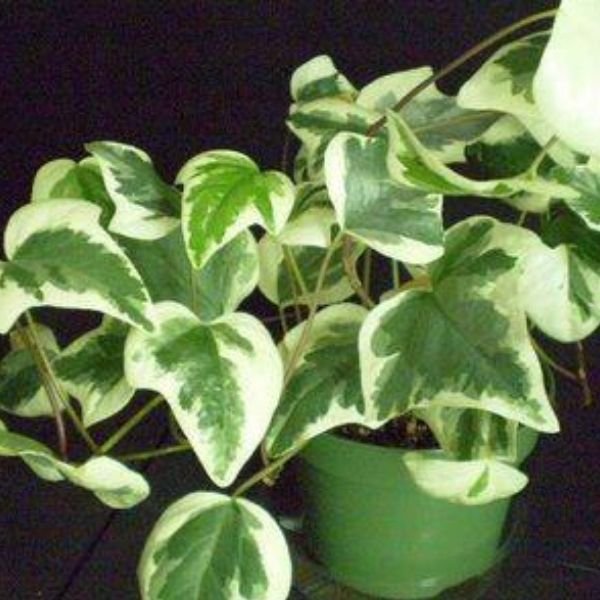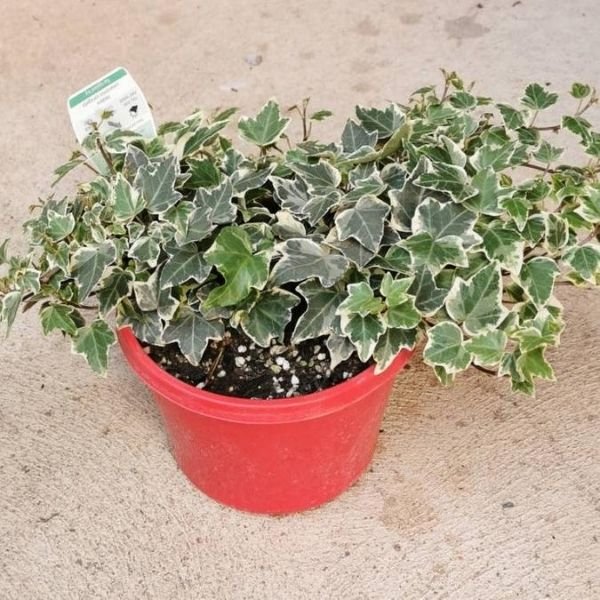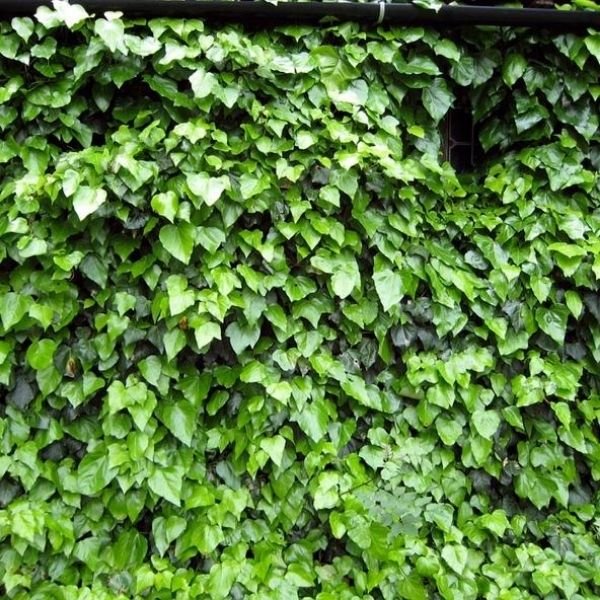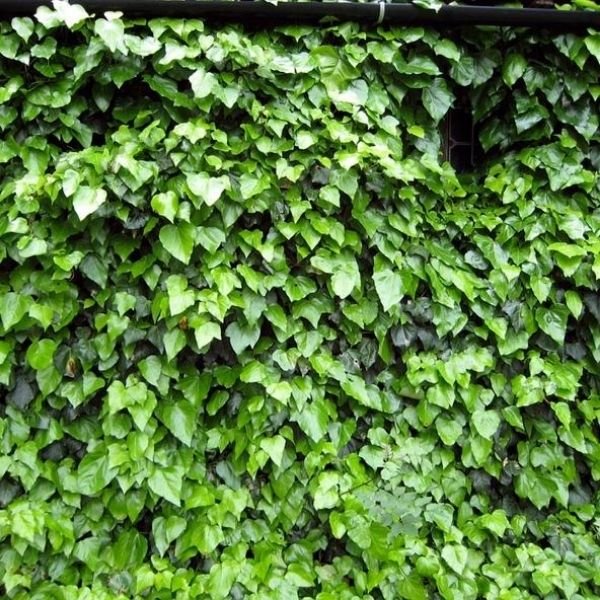No products in the cart.
All Plants, Outdoor Plants
Canarian ivy plant (Hedera canariensis)
1)Name of Plant ( common Name/ scientific name)- Canarian Ivy/ Hedera canariensis
2) Type of plant (Indoor/outdoor)- Outdoor
3) Size of pot it comes in- 4 inches
4) Seasonal/ perennial- Perennial
5) Flowering/ Foliage – Foliage
6) Place to keep- Indirect light
₹175.00 ₹450.00
Canarian ivy plant
Description
Hedera canariensis, known as Canarian ivy plant, is a member of the ivy genus native to the Atlantic coast of the Canary Islands and northern Africa. It’s an evergreen perennial plant that climbs or trails, reaching heights of 20–30 meters on suitable surfaces like trees, cliffs, or walls. It also spreads horizontally as ground cover where vertical surfaces are absent. Its climbing mechanism involves aerial rootlets that cling to surfaces. In warm climates, it grows quickly and establishes faster compared to related species like H. hibernica and H. helix.
In the Canary Islands, Hedera canariensis is endemic and commonly found, particularly in the laurel forests of Barbusano. Its leaves are broad, ranging from 5 to 20 cm, glossy dark green, slightly leathery, and typically have 1-5 lobes of regular size and shape. Canarian ivy plant is cultivated widely in gardens, it is also used in floral arrangements. The flowers are greenish, and its fruits are spherical and turn black when ripe. The young stems are green or greenish-brown, sometimes with hints of red or purple, maturing to grey or grey-brown.
How to grow Canarian ivy plant
1. Choose the Right Spot: Canarian Ivy plant prefers bright, indirect light and moderate temperatures. Avoid extremes in heat or cold and aim for moderate humidity levels.
2. Prepare the Soil: Use well-draining, fertile soil. A good mix for houseplants or garden soil blended with compost works well.
3. Propagation: You can propagate Canarian ivy plant either from stem cuttings or seeds. For cuttings, snip below a leaf node, remove lower leaves, and plant in moist soil or water until roots form. Seeds can be started indoors in early spring.
4. Planting: If planting indoors, use a pot with drainage holes and plant in prepared soil, ensuring roots are covered but not buried too deep. Outdoors, space plants 12-18 inches apart in a well-prepared garden bed.
5. Watering: Keep the soil consistently moist but not waterlogged. Allow the top inch of soil to dry out between waterings.
6. Fertilizing: During the growing season, feed with a balanced liquid fertilizer every 4-6 weeks following package instructions.
7. Support and Training: Provide support indoors with trellises or stakes, or let it trail naturally. Outdoors, ensure there are surfaces like walls or trees for ivy to climb.
8. Pruning and Maintenance: Regularly trim canarian ivy plant to maintain shape and promote bushiness. Watch for pests like spider mites and scale insects, treating promptly if found.
9. Winter Care: Indoors, ivy generally requires regular care year-round. Outdoors in colder climates, mulch around the base for root protection from freezing temperatures.
10. Repotting: Every few years, consider repotting indoor ivy into slightly larger containers with fresh soil mix as it outgrows its current pot.
Uses of Canarian ivy plant
1. Beauty in Gardens: People widely cultivate Canarian ivy plant for its lush, shiny dark green leaves. It’s loved for its ability to drape gracefully or climb walls, making it a favorite for both indoor and outdoor settings.
2. Ground Coverage: It’s frequently used to blanket bare ground, effectively smothering weeds with its spreading growth.
3. Vertical Enhancement: Using its aerial rootlets, Canarian ivy covers vertical surfaces like fences and walls, offering a natural green backdrop and even acting as a natural insulator.
4. Erosion Fighter: When planted on slopes, Canarian ivy plant helps secure soil and prevent erosion, thanks to its dense foliage.
5. Wildlife Haven: The thick foliage of Canarian ivy plant provides nesting spots and shelter for birds and insects, promoting biodiversity in gardens and natural environments.
6. Air Quality Booster: Like many plants, Canarian ivy plant helps clean the air by absorbing harmful pollutants such as formaldehyde and benzene.
7. Decorative Value: It’s a staple in floral arrangements and decorative displays due to its enduring leaves and trailing growth pattern.
8. Historical and Healing Role: In various cultures, different parts of ivy plants have had traditional medicinal uses, although today it’s primarily appreciated for its ornamental and landscaping qualities.
Disclaimer : The image is for reference purposes only. The actual product may vary in shape or appearance based on climate, age, height, etc.
Based on 0 reviews
Be the first to review “Canarian ivy plant (Hedera canariensis)”
You must be logged in to post a review.












There are no reviews yet.